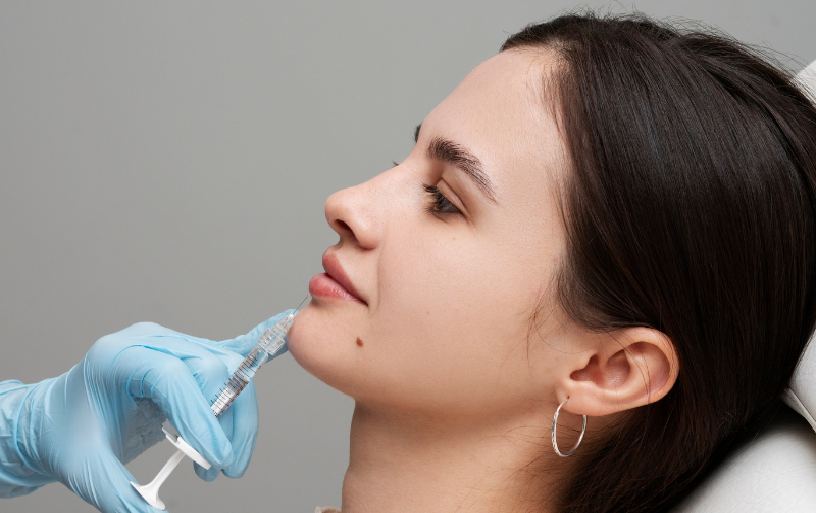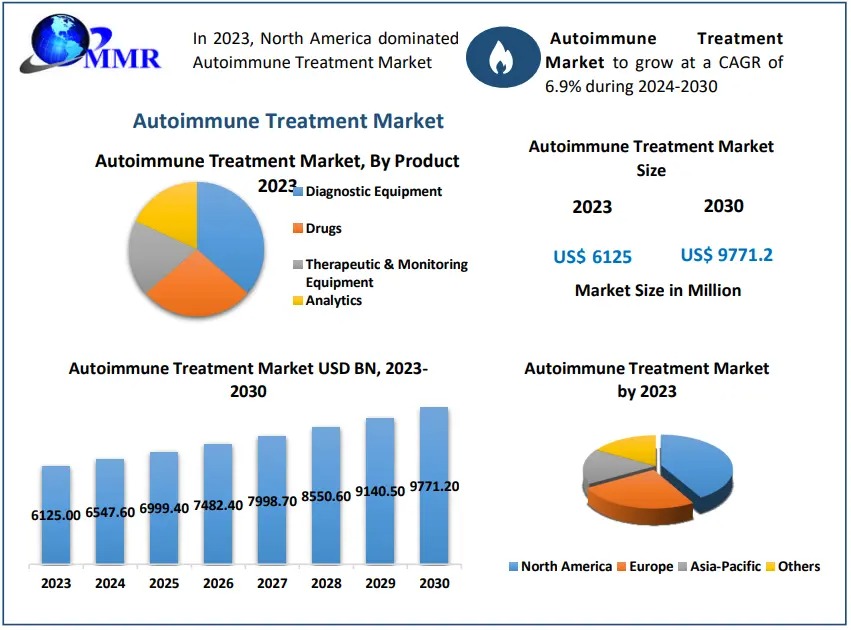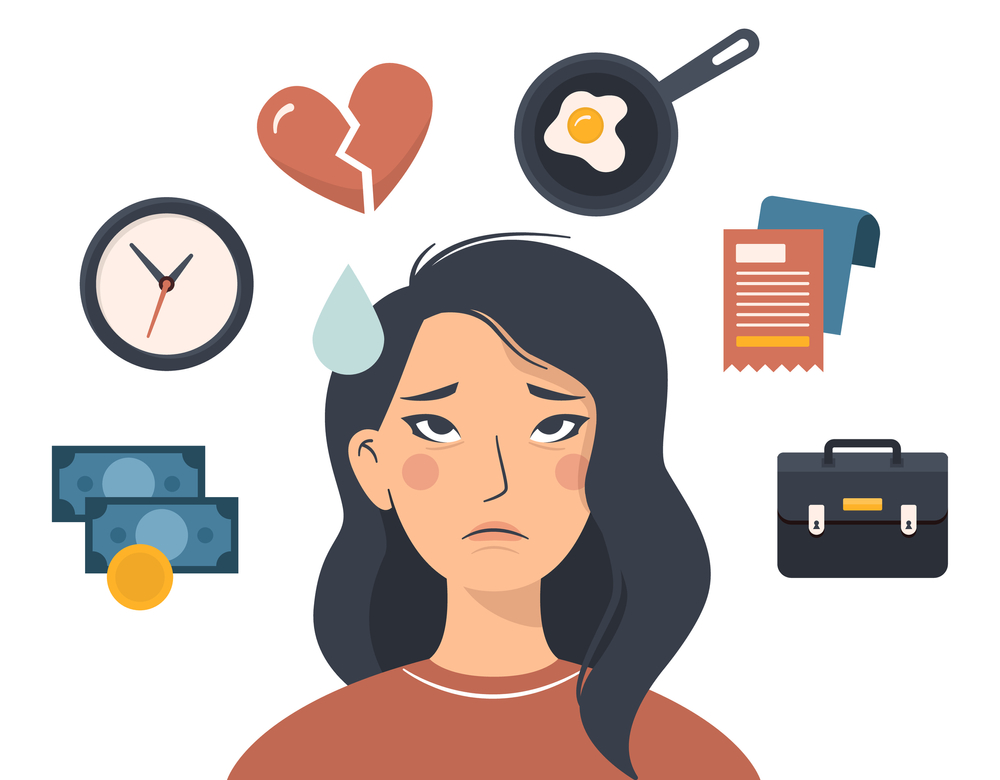Hair loss is a common concern for both men and women, leading many to seek effective treatments. One increasingly popular option is Platelet-Rich Plasma (PRP) therapy. Known for its ability to stimulate natural hair growth, PRP has emerged as a non-surgical solution for those dealing with thinning hair. But a key question that potential candidates often ask is: How long does PRP last for hair?
In this blog, we’ll explore how PRP works, the longevity of its results, and factors that can influence how long PRP lasts for hair restoration.
How PRP Therapy Works for Hair Restoration:
PRP therapy in Islamabad involves drawing a small amount of the patient’s blood, processing it in a centrifuge to isolate the platelet-rich plasma, and injecting it into areas of the scalp affected by hair loss. Platelets are packed with growth factors that help stimulate tissue regeneration and repair, which is why they are often used in medical fields such as orthopedics and dermatology. When injected into the scalp, these growth factors work to “wake up” dormant or weakened hair follicles, encouraging them to produce thicker, healthier strands of hair.
The treatment typically consists of several sessions spaced a few weeks apart, with noticeable improvement usually occurring after a few months. PRP is not a one-time solution; consistent treatments are required for optimal results.
How Long Do PRP Results Last?
The longevity of PRP results can vary depending on several factors, including the patient’s unique biology, the extent of hair loss, and the quality of the treatment. On average, patients can expect the benefits of PRP to last anywhere from 12 to 18 months after completing the initial treatment cycle. Some people may experience results that last longer, while others might require maintenance treatments sooner.
Factors That Influence PRP Results for Hair:
Several factors play a role in how long PRP results will last for hair restoration. Understanding these factors can help patients set realistic expectations for their treatment and plan for maintenance.
1. Severity of Hair Loss:
PRP is most effective in individuals with early-stage hair thinning or mild to moderate hair loss. Those with more advanced hair loss or fully inactive hair follicles may not see the same long-lasting results. In such cases, PRP can still improve hair density and quality, but regular maintenance treatments are likely to be needed more frequently.
2. Patient’s Age:
Age can be a factor in determining the longevity of PRP results. Younger patients with more active hair follicles may respond more favorably to treatment, experiencing longer-lasting results. Conversely, older patients, especially those with more advanced hair loss, might require ongoing treatments to sustain their results.
3. Hair Loss Causes:
The underlying cause of hair loss also plays a significant role in how long PRP results will last. PRP is most effective for genetic conditions like androgenetic alopecia (male and female pattern baldness). If hair loss is caused by stress, illness, or hormonal imbalances, the duration of PRP’s effectiveness may vary. It’s essential to address the root cause of hair loss in conjunction with PRP treatments to maximize results.
4. Frequency of Treatment:
PRP is not a one-time treatment; it requires a series of sessions for optimal results. Most patients undergo 3 to 4 treatments spaced about a month apart during the initial phase. After that, maintenance sessions are usually recommended every 4 to 6 months to sustain hair growth. How long PRP lasts can depend on how consistently these follow-up treatments are performed.
5. Lifestyle Factors:
Healthy lifestyle choices can also influence the duration of PRP results. Good nutrition, proper scalp care, and a low-stress lifestyle can support hair health, potentially prolonging the effectiveness of PRP therapy. On the other hand, poor lifestyle habits—such as smoking, an unbalanced diet, and excessive stress—can limit the longevity of PRP results.
When Should You Consider Maintenance Treatments?
To sustain hair growth and maximize the benefits of PRP therapy, maintenance treatments are often recommended. Many experts suggest follow-up treatments every 4 to 6 months after the initial series of PRP injections. These maintenance sessions help keep hair follicles in the growth phase and maintain the improved density and thickness of the hair.
It’s essential to consult with your hair restoration specialist to create a personalized treatment plan based on your individual needs. Depending on how your hair responds to PRP, your specialist will be able to recommend an appropriate schedule for maintenance treatments.
Combining PRP with Other Hair Restoration Treatments:
While PRP therapy can be highly effective on its own, combining it with other hair restoration treatments can often yield longer-lasting and more dramatic results. Common complementary treatments include:
- Topical solutions like minoxidil: These stimulate hair growth and can be used alongside PRP to enhance overall results.
- Medications like finasteride: This oral medication can help reduce hair loss and complement the effects of PRP therapy.
- Laser therapy: Low-level laser therapy can improve blood flow to the scalp and support hair growth, making it a good addition to a PRP regimen.
By combining PRP with other treatments, patients can often see longer-lasting results and better overall hair health.
Is PRP Worth It for Hair Restoration?
PRP therapy has gained a strong reputation as a non-invasive, natural solution for hair restoration. While the results may not be permanent, regular maintenance treatments can help sustain hair growth and prevent further thinning. For those experiencing early-stage hair loss, PRP offers a safe, minimally invasive option to restore hair thickness and boost confidence.
It’s important to set realistic expectations and understand that while PRP can improve hair growth, it may not provide permanent results for everyone. Consulting with a specialist will help you determine whether PRP is the right treatment for you and how often you should undergo treatments to maintain your results.
Conclusion:
PRP therapy is a promising solution for individuals experiencing hair thinning and mild hair loss. While the results are not permanent, they can last between 12 to 18 months with proper care and maintenance treatments. Factors such as the severity of hair loss, age, lifestyle, and adherence to a treatment plan all play a role in how long PRP results last. To make the most of your PRP treatments, work with a hair restoration expert to develop a personalized plan tailored to your specific needs and hair loss pattern.
For more information visit Dynamic Clinic PK



